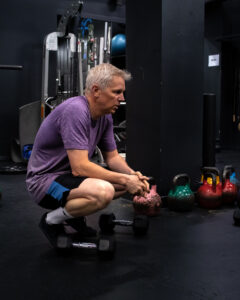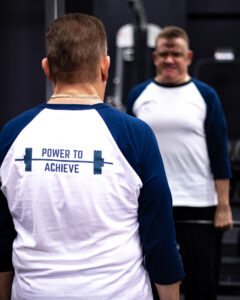The turn of a New Year is often an opportunity for people to make positive changes to their lifestyle, and Dry January can be one of the most manageable ways to do that. As one of the most popular New Year health initiatives, a lot of people are already planning and pre-empting their alcohol-free month. While this is certainly a noble effort, there are are a few things to consider when going dry for the first month of the year. We’re going to break them down, and provide you with some strategies to be successful.
Things to consider:
- Cravings and temptations – Let’s start with the obvious. Depending on how much you drink, giving up alcohol entirely for a whole month can be quite the undertaking. Cravings will likely occur, and temptations may linger. It can be beneficial to keep non-alcoholic beverages in the house in place of alcohol for the time being. Mocktails, sparkling water, diet soda, non-alcoholic wine/beer may not be the real thing but, when it comes down to it, they serve as exactly what they’re intended to be – a substitute.
- Slip-Ups – Nobody is perfect. 30 days can feel like a long time, and life happens. Just like with your diet at any other time of year, just get right back on track again tomorrow and don’t beat yourself up over it.
- Rebounding in February – We’ve written before about the binge-restrict cycle, and the same applies here. If you decide to take on Dry January, be sure to consider how much of a sacrifice that will be for yourself, and if that may lead to a heavy rebound at the end when you “allow yourself” to drink again. Start small, maybe that means only re-introducing 1-2 drinks per week at first. If the momentum is going strong however, why not try for another few weeks?
Alcohol in moderation can have its perks. When not properly moderated, going cold turkey can lead to serious side effects. If you notice any signs of withdrawal from alcohol, we encourage you to seek medical advice right away.
Need more help?
Accountability is a big part of sticking to any goal, so if you’re thinking about Dry January, and need someone in your corner to help keep you accountable, share your goals with friends, family and co-workers. If you feel you would benefit from additional guidance in your health and fitness goals in the New Year, contact us for your FREE Nutrition Assessment and consultation!




 oholic drinks and do what you can to reduce drinking your calories.
oholic drinks and do what you can to reduce drinking your calories.